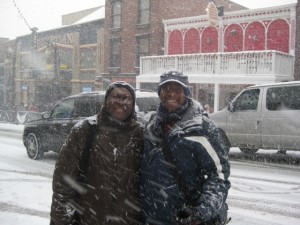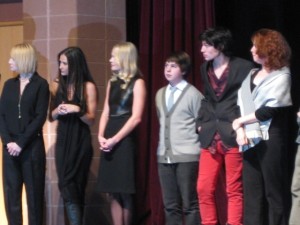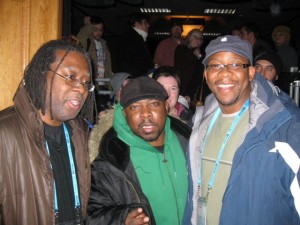Summer Movie Series
Edge of Tomorrow (2014)
Rated PG-13

Warner Bros./Village Roadshow
I have a thing for time-travel movies. When protagonists scramble backward or forward in time attempting to correct wrongs or save the day or recapture love, for me, it hits a sweet spot. Based upon the trailers, I went into Edge of Tomorrow eager to see how the time-jumping theme would be put to use. It didn’t disappoint.
 Given that the film takes place in the near future and that the time-traveling mechanism is actually created by aliens and not built by humans provides a fresh approach. Based on a Japanese light novel by Hiroshi Sakurazaka, Edge is Groundhog Day (1993) crossed with Source Code (2011).
Given that the film takes place in the near future and that the time-traveling mechanism is actually created by aliens and not built by humans provides a fresh approach. Based on a Japanese light novel by Hiroshi Sakurazaka, Edge is Groundhog Day (1993) crossed with Source Code (2011).
We follow Major William Cage (Tom Cruise), a brash public relations officer in the military, who’s also cowardly on the actually soldiering side of things. Through a bit of plot contrivance, Cage is forced into frontline combat against a seemingly unbeatable alien force.
Cruise imbues his character with enough forced confidence, which crumbles in the face of real danger, that I connected with his terror as he is literally shoved into a heavy, weaponized bodysuit and airdropped onto a field of battle no less horrific than Normandy on D-Day.
The aliens, Mimics, are fiercely conceived as octopus-like monsters that burrow through the earth like caffeinated groundhogs, then emerge to tear through adversaries with multiple buzz-saw appendages.
Cage’s mission goes horribly wrong for every soldier involved, but not before he takes sight of legendary soldier Rita Vrataski (Emily Blunt).
Instead of waking up in the afterlife, Cage is reborn into the same day and at the same spot where his mission began. Yes, the same commanding officer (Bill Paxton) will berate him, the same elite squad will mock his recruitment into its ranks, the same doomed mission plans will be laid out. After things go badly again, and he’s reborn again, he and we get the drift of things. After a few rounds of being horrified by his circumstances, Cage begins to use the knowledge at hand not only to mold himself into a better soldier, but to get to know his enemy and to construct something of a survivable battle plan.
Director Doug Liman (The Borne Identity, Go) has fun with Cage’s learning curve, finding creative ways to repeatedly kill our hero. I won’t spoil how or why Cage faces this dilemma, but it holds the key to possibly winning the war.
Cage eventually connects with Rita, who knows more than expected about his plight. She’s a hardened soldier—not completely convincingly played by Blunt; Michelle Rodriguez would have been typecasting but also perfect—who’s all about the mission.
The plot isn’t as complex as it could have been, which will ease confusion for those who struggle with gimmicky scenarios like time travel. I think Edge starts strong, builds up quite a bit of steam with its “live, die, repeat” format, but ultimately runs its course before its endgame arrives. But I’m still a softie for time-travel movies.

| Marvin Brown’s Movie Review Archive

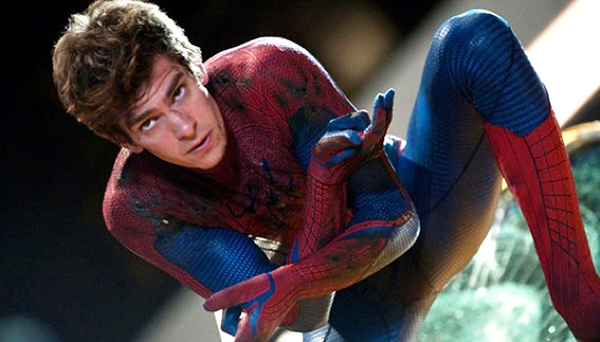
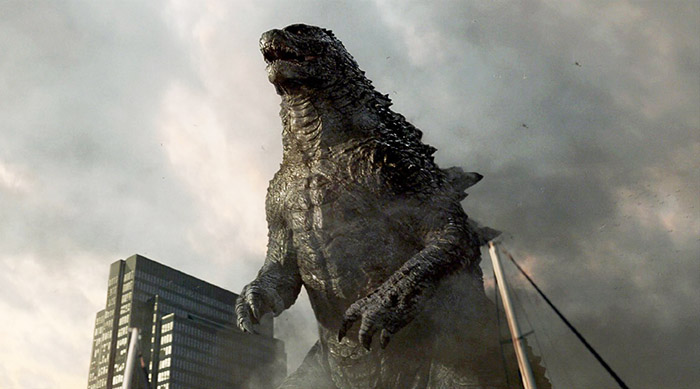
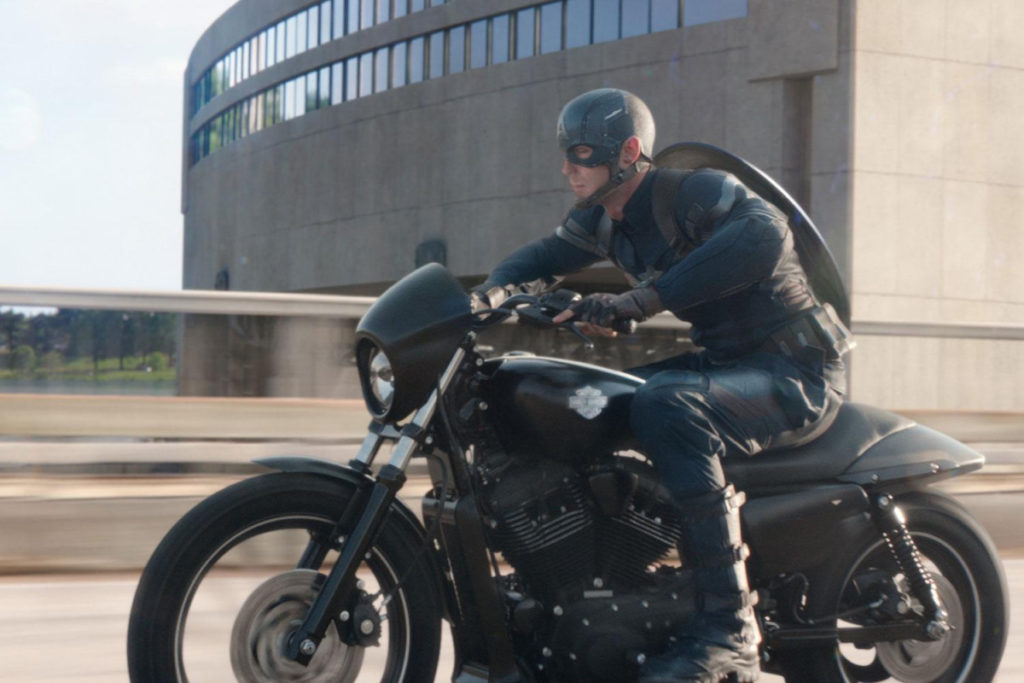
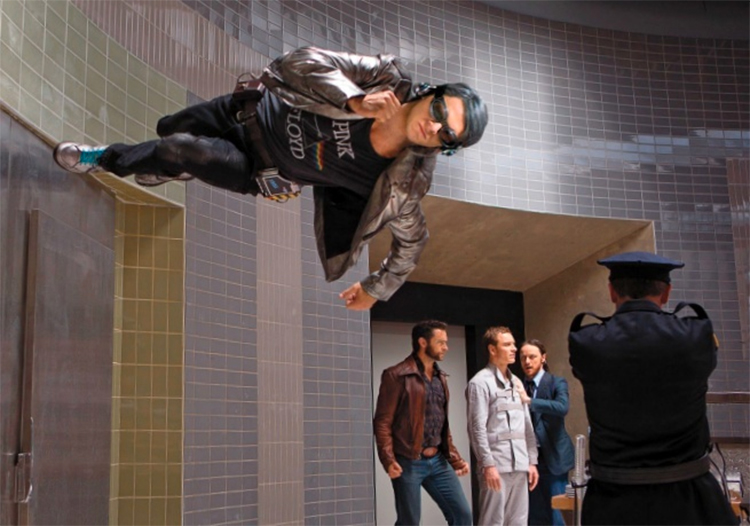

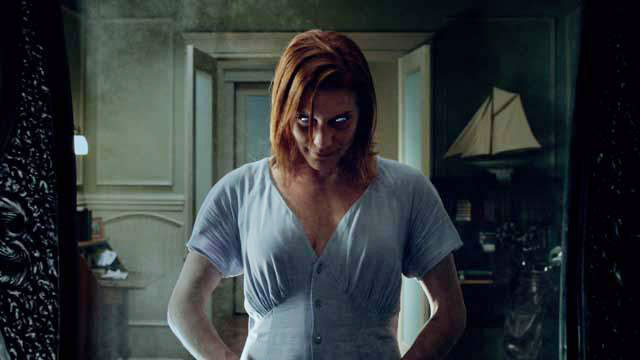
 The past 10 or so years have seen the horror genre littered with moderately successful (mostly PG-13) fare—The Exorcism of Emily Rose, Insidious 1 and 2, The Conjuring, Sinister—that has given hope to a perpetually gasping genre. These films have filled in gaps between often uninspired, sometimes insipid found-footage subgenre works (the
The past 10 or so years have seen the horror genre littered with moderately successful (mostly PG-13) fare—The Exorcism of Emily Rose, Insidious 1 and 2, The Conjuring, Sinister—that has given hope to a perpetually gasping genre. These films have filled in gaps between often uninspired, sometimes insipid found-footage subgenre works (the 
